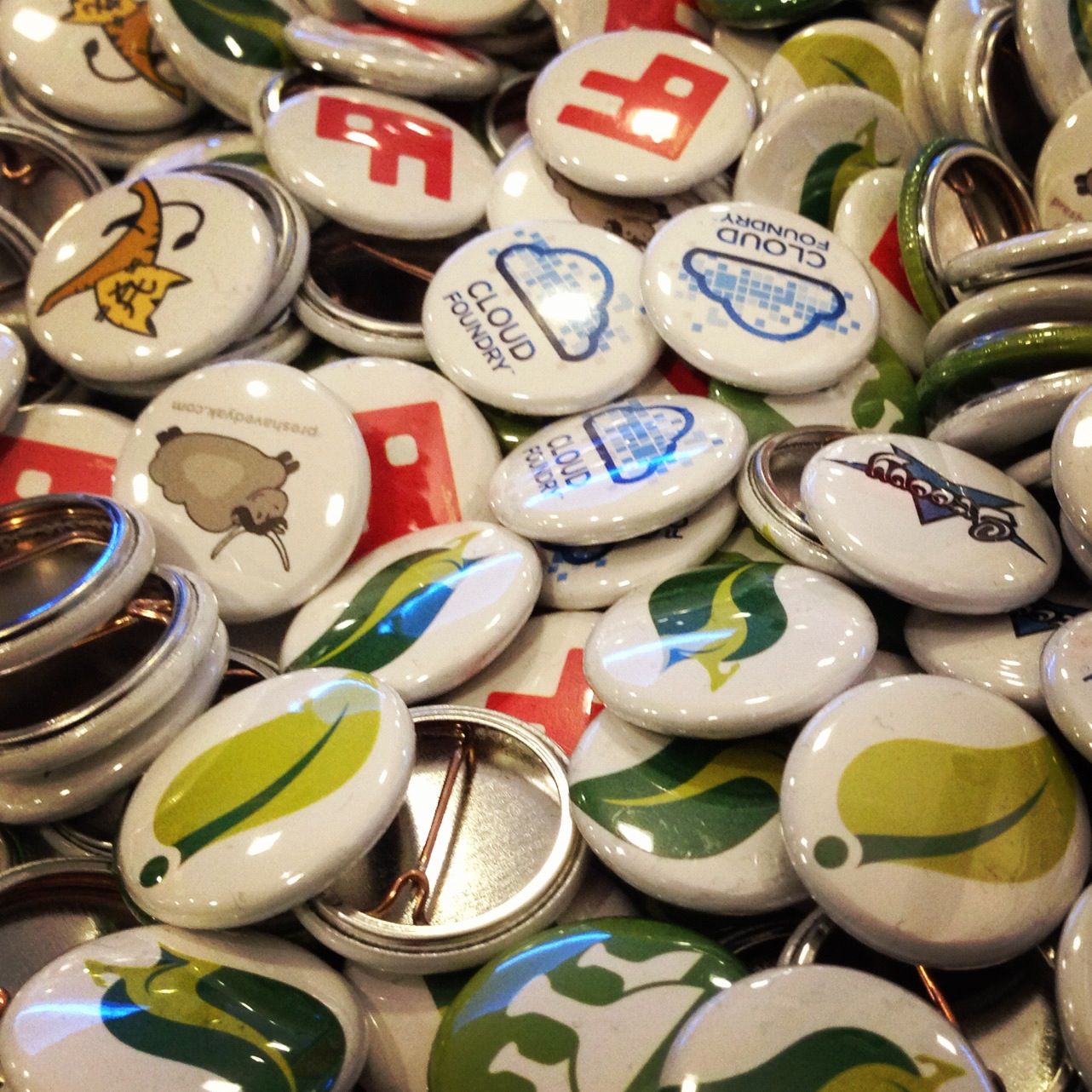This Week in Spring - January 29th, 2013
Welcome back to another installation of This Week in Spring ! I've been visiting developers and companies in India, China, and Japan. It's been an exciting time to see what these emerging and powerful countries are doing with open source and with Spring, in particular! Of course, stay tuned to the SpringSource blog in the coming weeks some very cool examples and details!
In the meantime, as usual, we've got quite a bit of news to cover this week, including more news on the Spring 4 roadmap announcement from last week. If you want to get the absolute latest, check out the Spring 3.2 GA webinar replay on YouTube, where Spring Framework 4.0 is covered a bit toward the end. Let's get to it!
- Charles Humble at InfoQ's done a nice interview with Juergen Hoeller and write up of the Spring 4 announcement .
- The Spring Integration 2.2.1 and 2.1.5 maintenance releases are now generally available.
- Two new SpringOne 2GX 2012 Replays have been released to our YouTube Channel: Tooling for the Javascript Era, An Introduction to Broadleaf Commerce
- We've launched a page to centralize all the SpringOne2GX 2012 recordings, check it out!
- Chris Beams, Gunnar Hillert, and Rossen Stoyanchev were recorded in well-received presentation Introducing WebSockets at SpringOne2GX 2012, now online on InfoQ!
- Blogger Ilias Tsagklis from the Java Code Geeks blog also has a nice post on the Spring 4.0 roadmap announcement.
- Chris Beams has announced that Spring 3.1.4 has been released!
- Marty Pitt has created a very nice extension - he's calling it BakeHouse- for Spring web applications that
preprocesses web artifacts for consumption in your web application at application startup. There are various kinds of pre processing possible:
- Less for your CSS
- Concatenate and minify your Javascript
- Maybe even use some Typescript or CoffeeScript, which needs to be compiled
@Configurationclasses! Really slick and productive! - The Japanese portal Public Key has a nice writeup of the announced roadmap for Spring 4.0
- The Just Enough Architecture blog has a nice post on using ActiveMQ, Spring Integration and MongoDB together - cool! I might've used Spring Batch's flat file reading support instead of a custom one out of the box, though, overall, this is an awesome post!
- Blogger madhav has a nice look at the code to support table and class inheritance using Spring Data JPA. That said, it's really hard to read as the code is not indented at all!
- Noushin Bashir has put together a nice post on how to configure ActiveMQ with SSL and then connect to it from Spring.
<LI>Spring HATEOAS 0.4 was <a href="http://www.springsource.org/node/3796">released</a>, adding Jackson and HAL support.</LI>
<LI> Allard Buijze over at Trifork has announced <a href= "http://blog.trifork.nl/2013/01/22/axon-framework-2-0-released/"> version 2.0 of…
